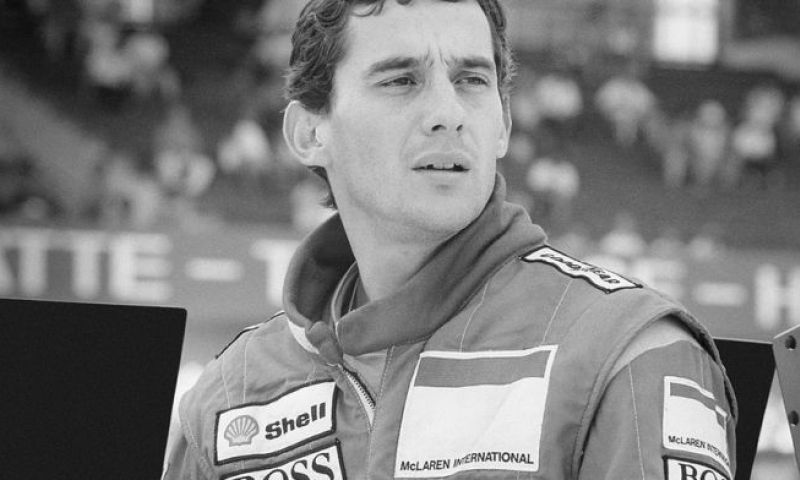Safety in F1: The impact of Imola '94
F1 News

- GPblog.com
In the weekend of exactly 26 years ago several dramatic crashes took place on the circuit of Imola. First Rubens Barrichello crashed on Friday. The next day Roland Ratzenberger crashed dramatically. And on the last day of the weekend, the first of May, race legend Ayrton Senna died. What did change in the sport after this?
Last year during the Grand Prix of Spain the tragic weekend in Imola that had happened 25 years ago was fully commemorated. Both Roland Ratzenberger and Ayrton Senna were honoured with statues and solemn ceremonies. This year we are commemorating the two deceased drivers again. Only we do not do this on the track but from home.
The weekend that can be described as the most tragic weekend F1 has ever experienced, has shaken the F1 world to its foundations. Although drivers had been saying for years that the sport could and should become safer, it was only after the third round of the 1994 championship that the eyes were truly opened.
Turnaround after Imola 1994
Niki Lauda was a good example of a driver who had been fighting for a long time for more safety in the sport during the eighties and nineties. This was listened to sparingly but the organisation thought along to make the cars a bit slower and safer.
The measures that were taken just before 1994 were especially in the way of the Williams team. Nowadays it is hard to imagine, but Williams was ahead of the competition in the eighties. Williams knew how to devise or use new systems like ABS, Traction Control and active suspension.
The organization banned such tricks before the 1994 season in order to make the cars slower and keep the cost of developing the cars low. After the weekend in Imola, the intervention in safety proved not to be enough.
Too late for Ratzenberger and Senna
The eyes were wide open after the tragic loss of the two F1 drivers. In the 1994 season the teams were forced to slow down the pace of their cars. New rules were introduced to lower the downforce levels: Different wings had to be adjusted and the airflow to the engine had to be reduced. All this to reduce the speed of the cars in the corners.
In July of the same year another measure followed. This measure is still in force today within the pinnacle of motorsport. From the GP of Germany it became mandatory to fix a board on the floor which made it easier to control the ride height of the cars. These boards were only allowed to wear out by 1 millimetre. If the shelf was worn more then your car was set too low.
The rapid changes made within the season were not all received without criticism. The teams largely agreed with the goal of improving safety. However, it was thought that hasty decisions could reduce the reliability of other parts.
Still danger
After the radical changes initiated by the pitch-black weekend in 1994, Formula 1 continued to focus more and more on safety. For instance, race leader Charlie Whiting took the lead in this field for over twenty years since 1997. It can be said that very big steps have been taken with regard to safety.
In the early years of the sport almost every season a driver died due to a severe crash. Although fortunately this has diminished, the sport is still very dangerous. In 2015 the F1 driver and godfather of Charles Leclerc died in a heavy crash in Japan. In Formula 2 another crash took place in 2019 resulting in a fatality. Anthoine Hubert crashed during the release of Eau Rouge on the Spa Francorchamps circuit.

